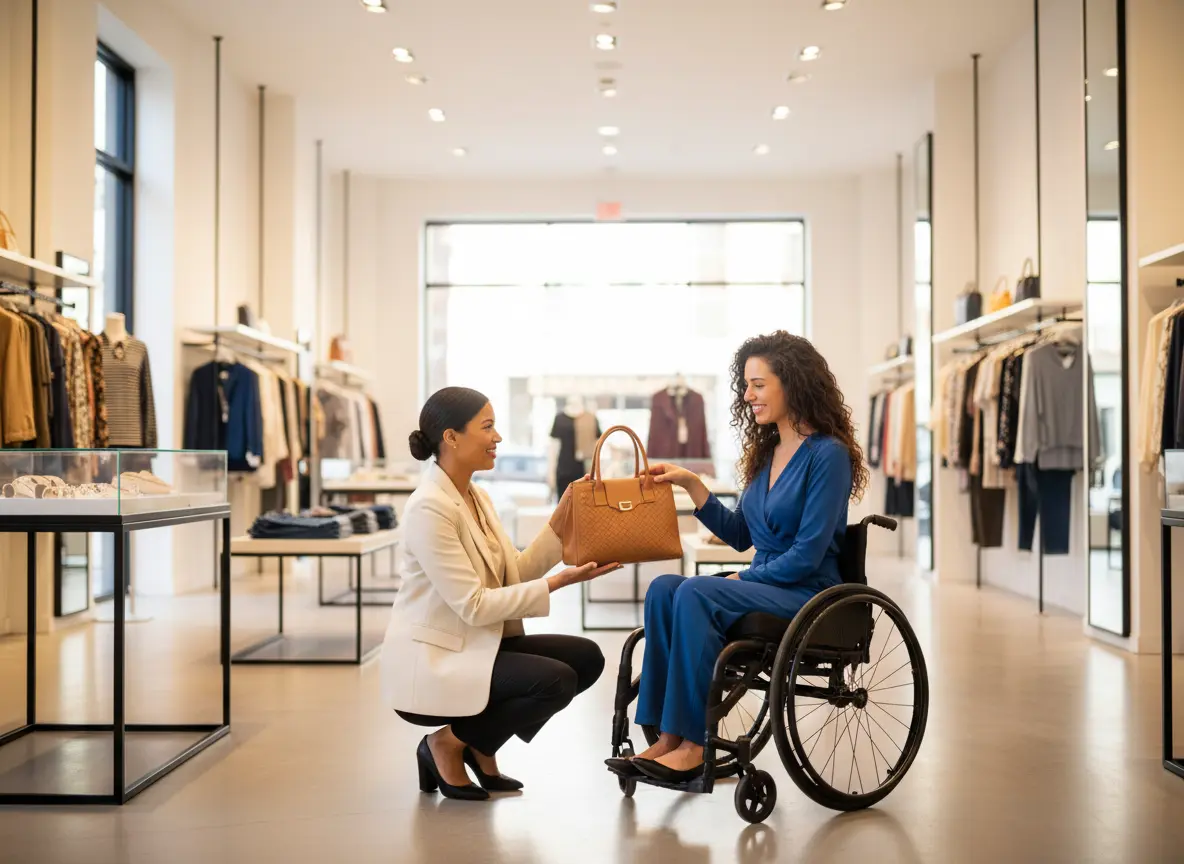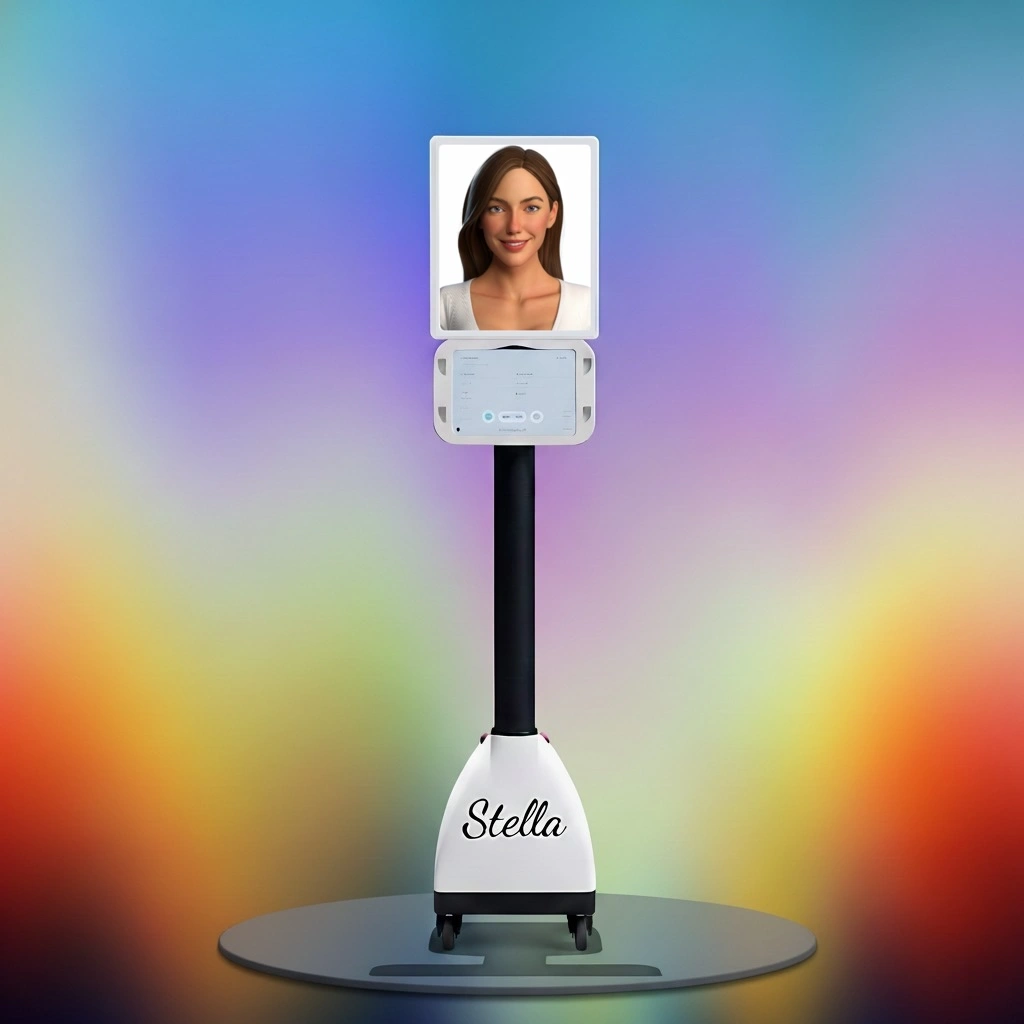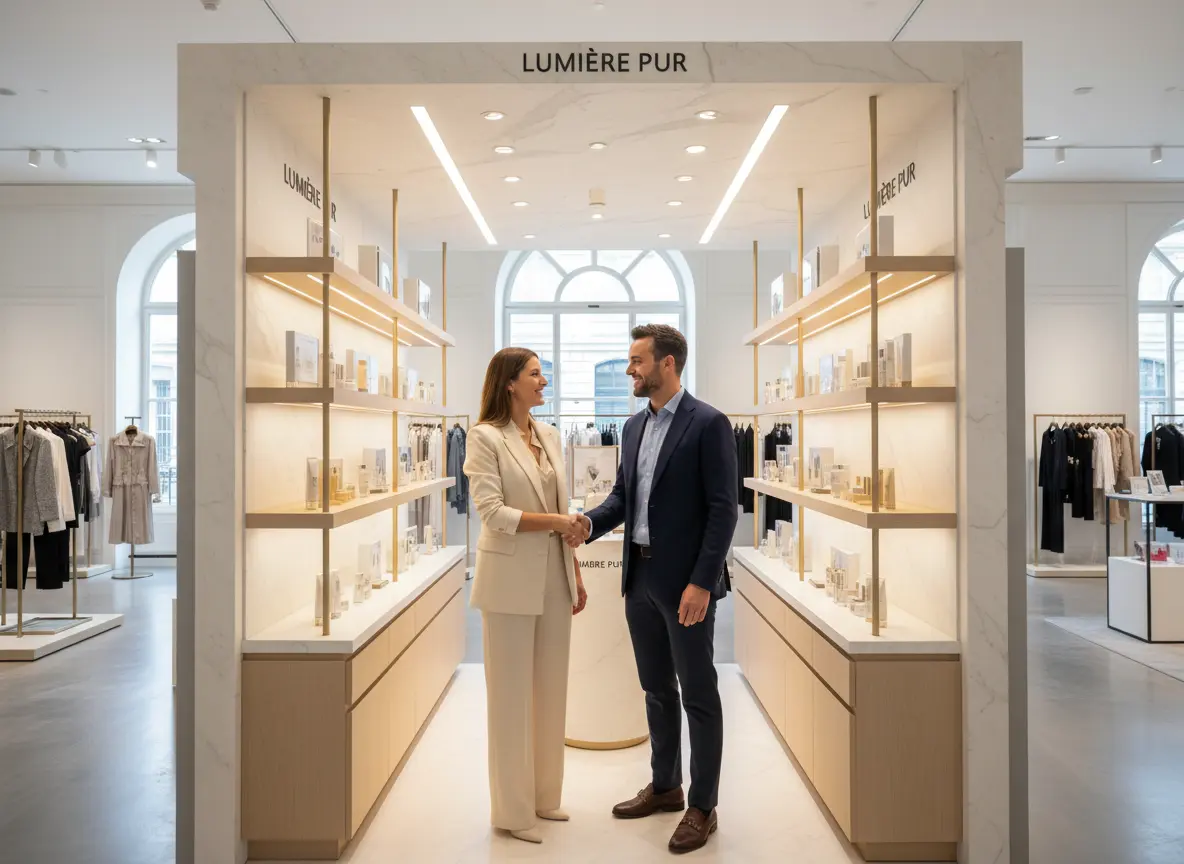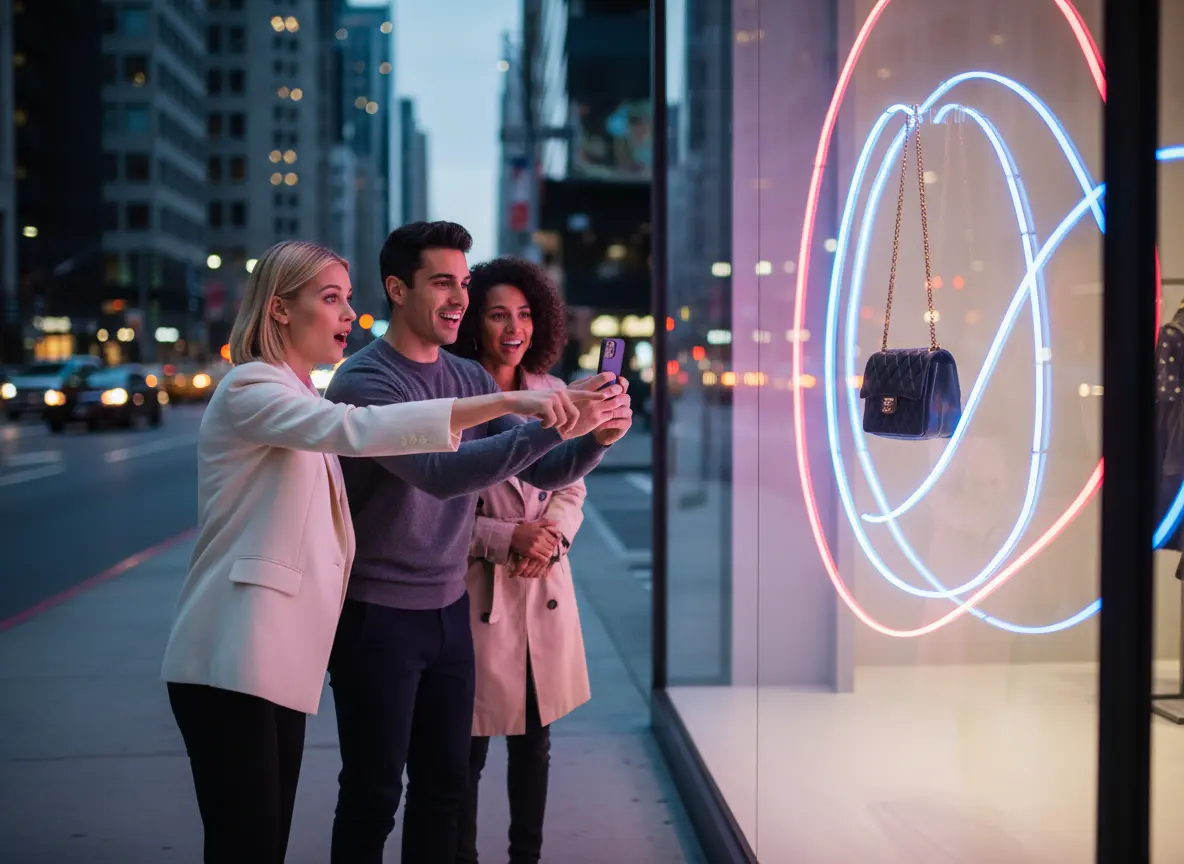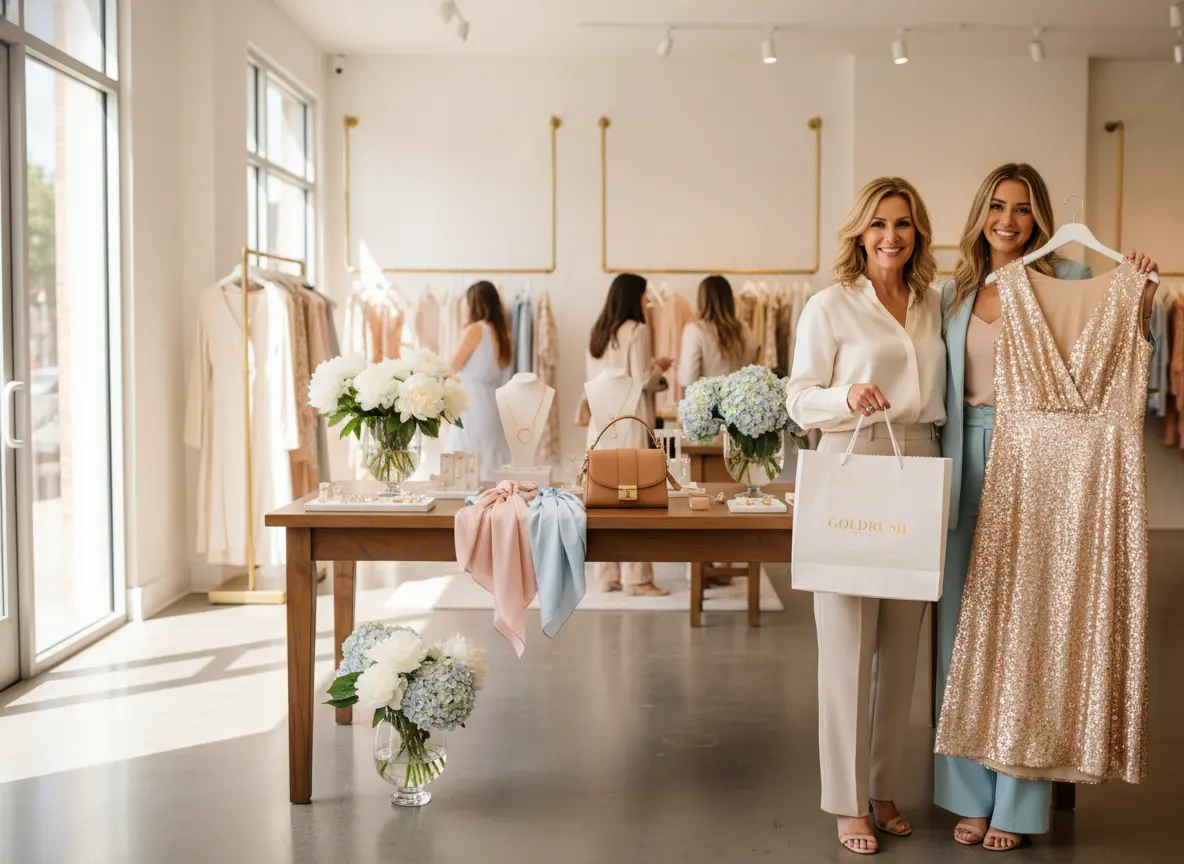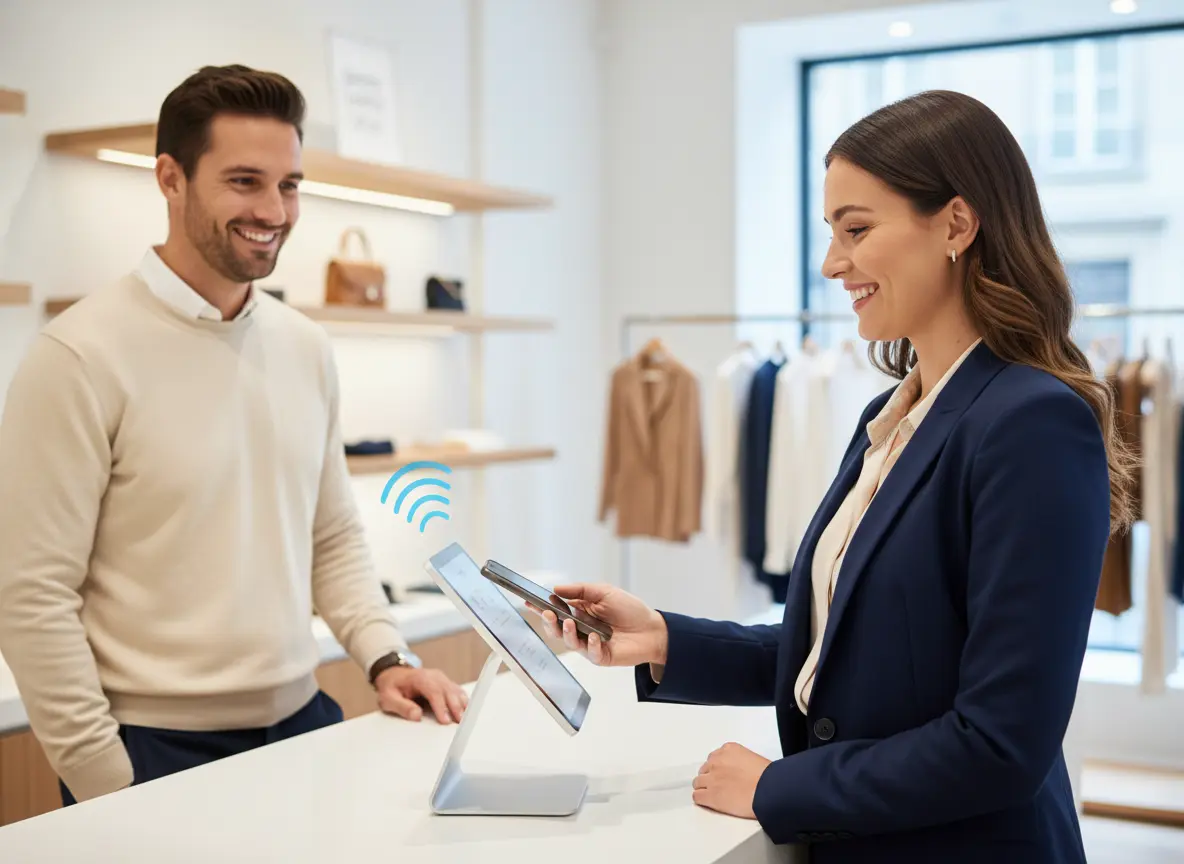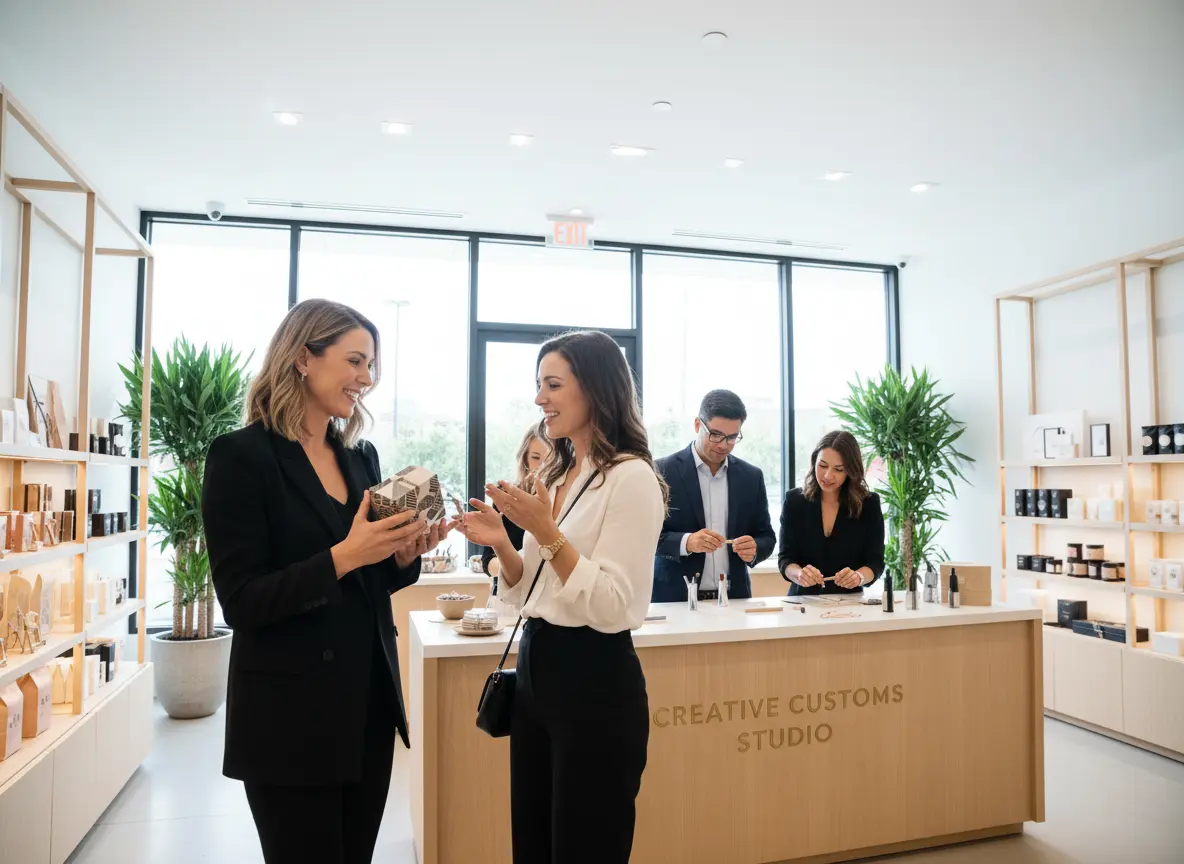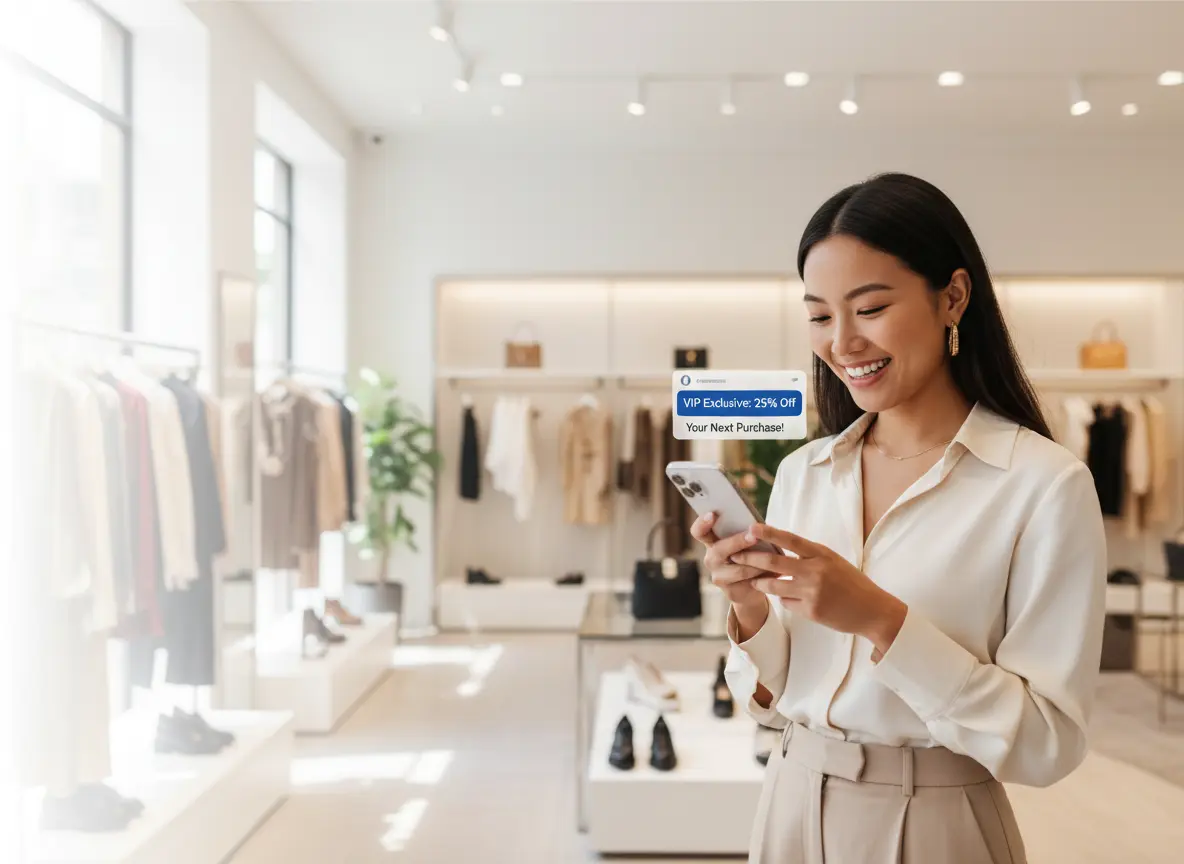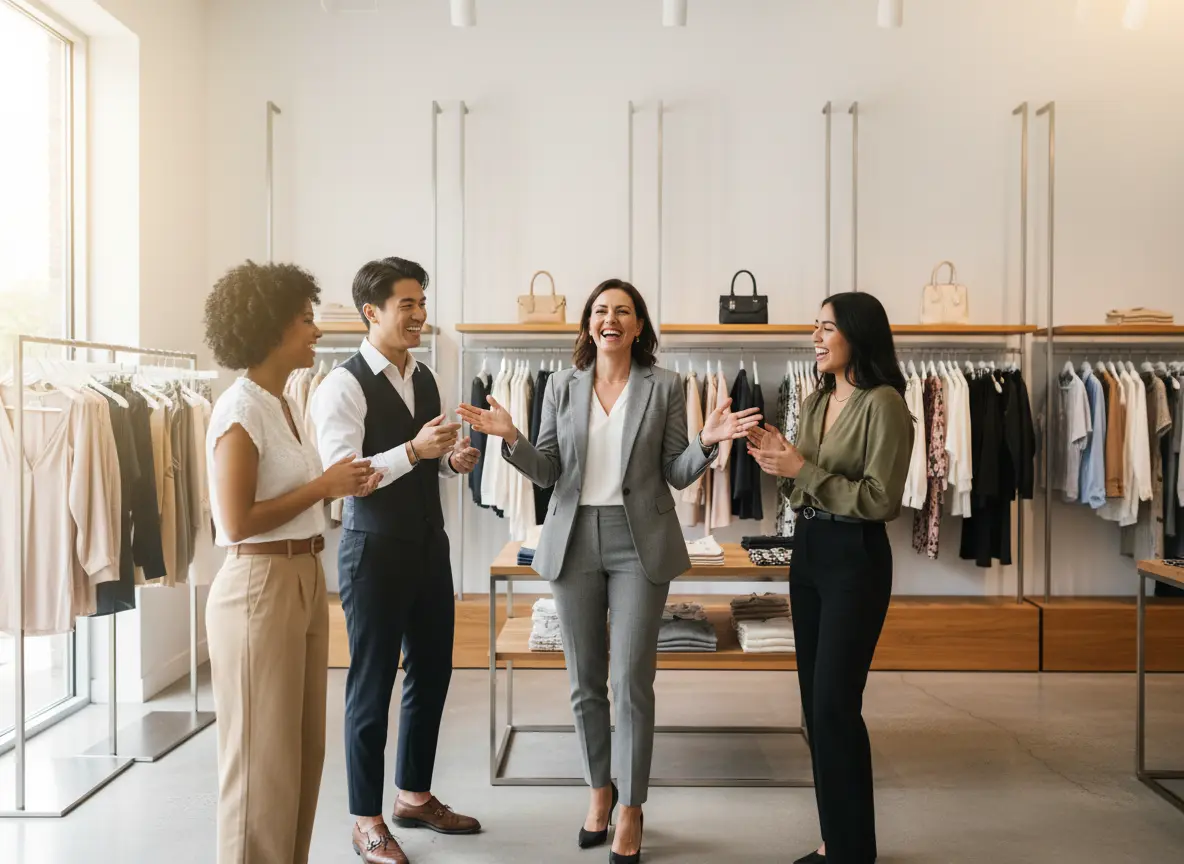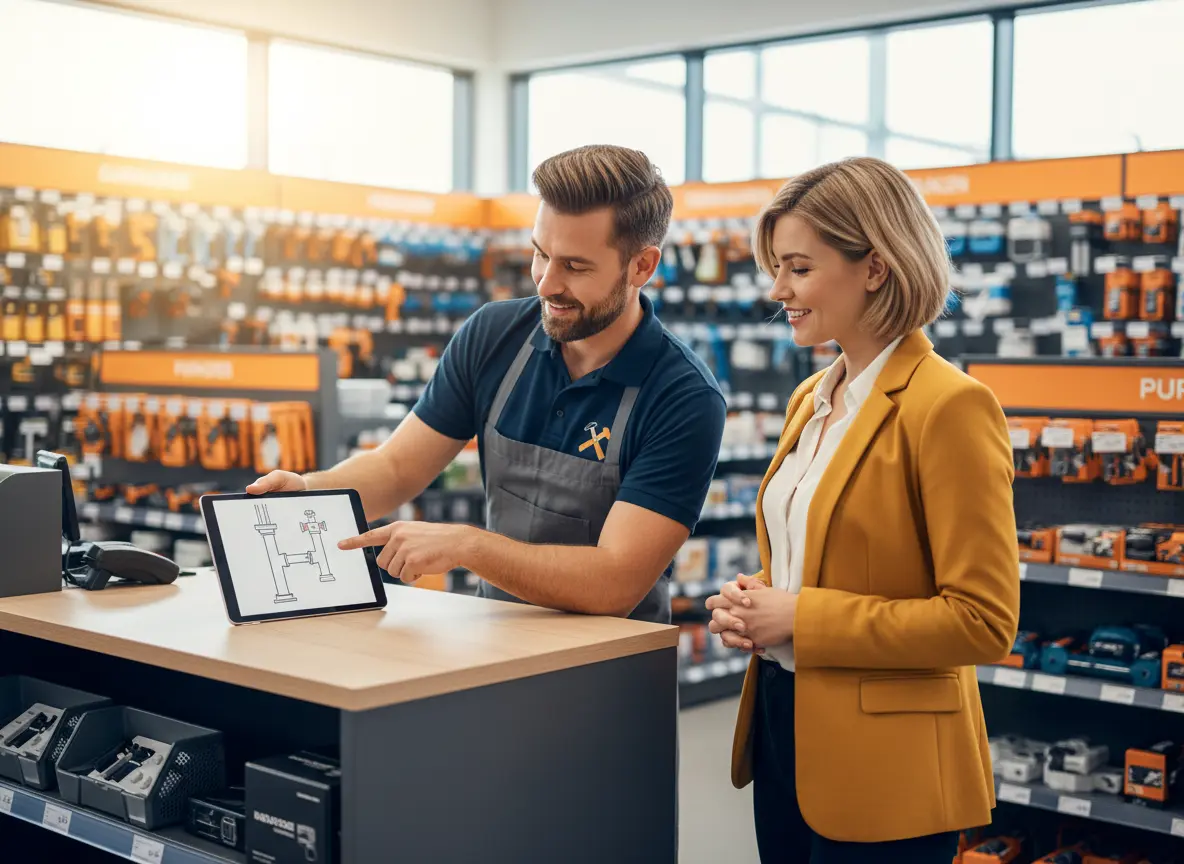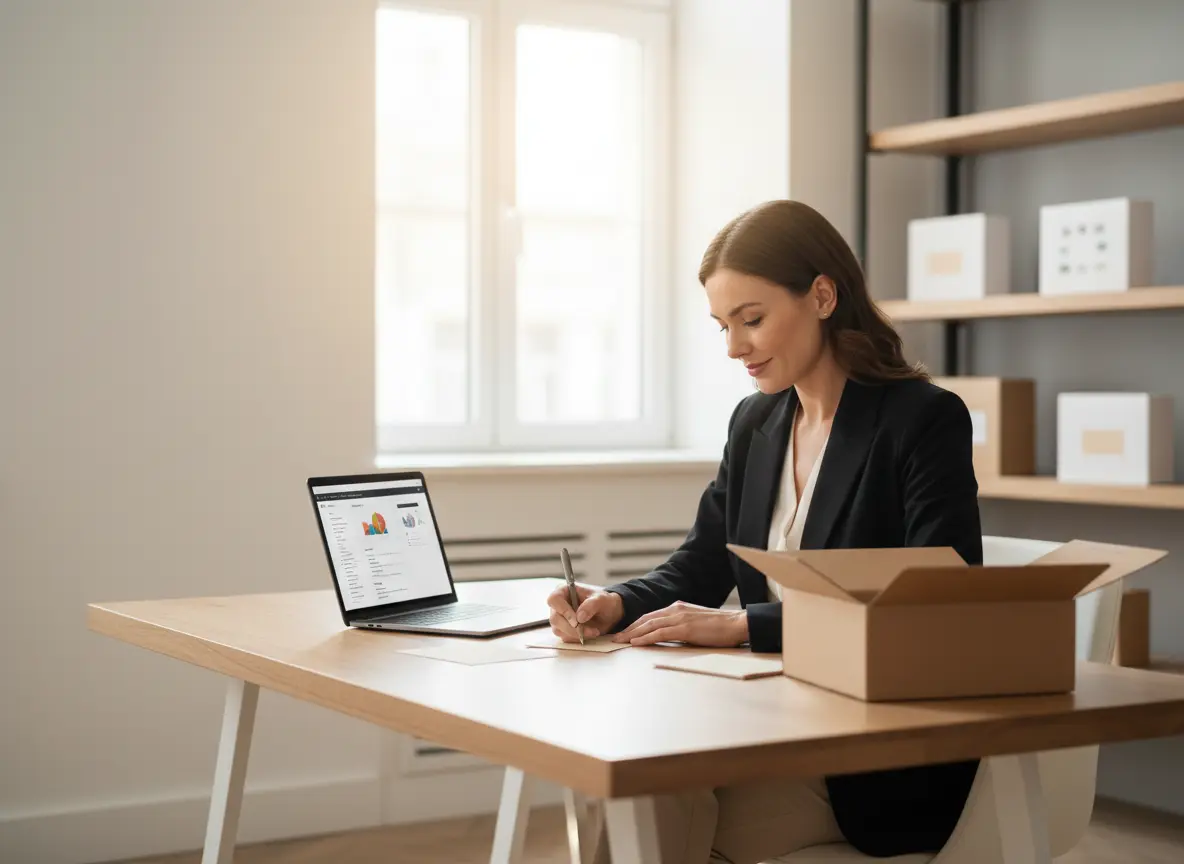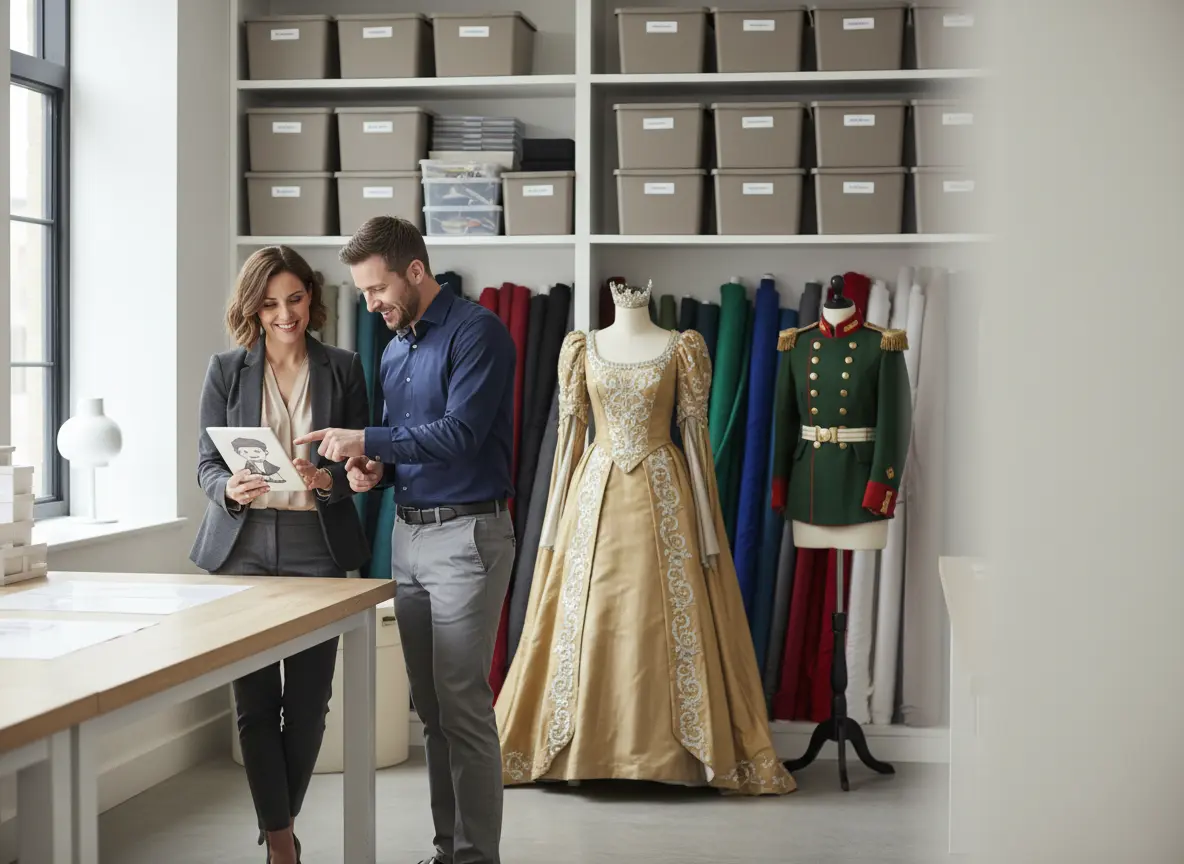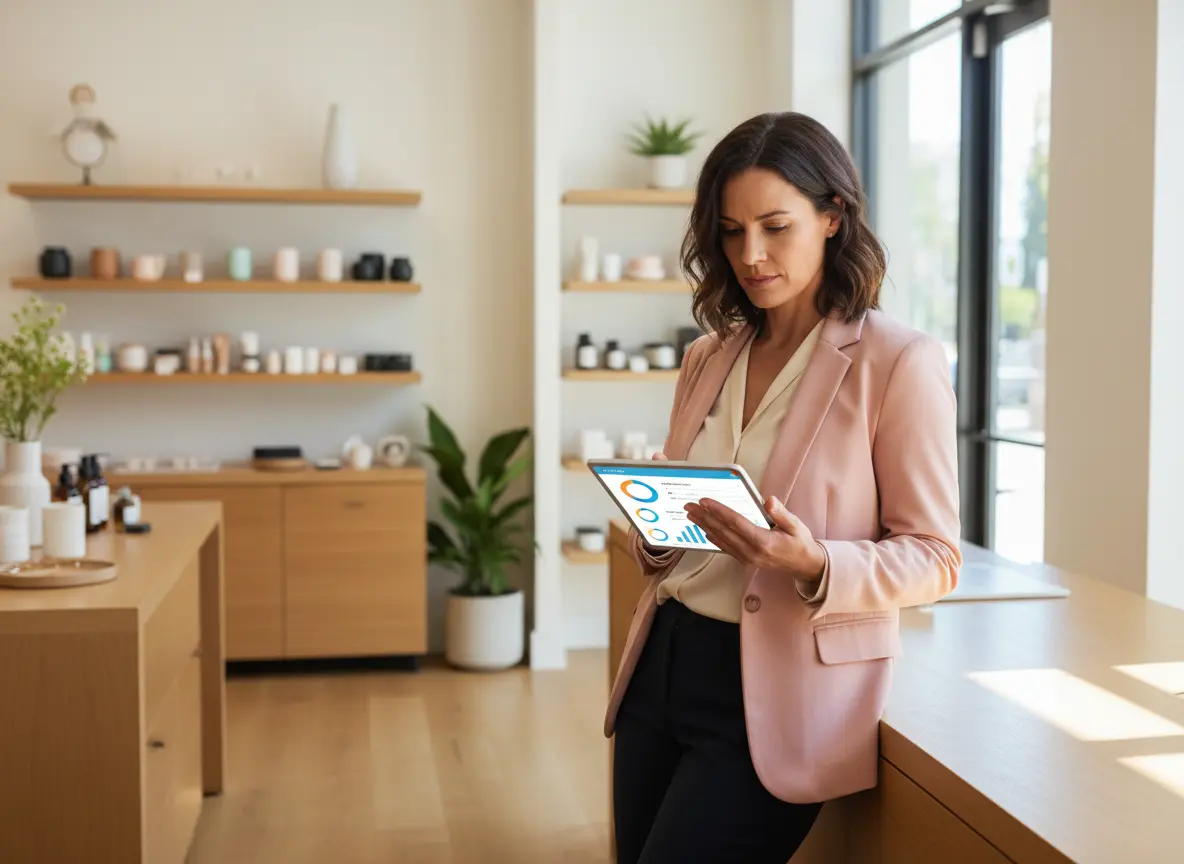So, You Installed a Ramp. Now What?
Let's be honest. You’ve checked the boxes. Your aisles are wide enough for a wheelchair (mostly), you’ve got a ramp that meets the bare minimum legal code, and you proudly display that little blue sticker on your door. Congratulations, you’ve officially met the accessibility standards of yesteryear. You’ve done the work to be accessible. But are you truly inclusive?
Before you get defensive, this isn't an attack. It's a wake-up call. Accessibility is about letting people in the door. Inclusivity is about making them feel welcome, comfortable, and respected once they’re inside. It’s the difference between a guest who feels tolerated and one who feels like they belong. And—spoiler alert—customers who feel like they belong tend to, you know, spend money. The total disposable income for U.S. adults with disabilities is around $490 billion. Ignoring true inclusivity isn't just bad form; it's bad business. So, let’s move beyond the ramp and talk about what it really takes to build a store for everyone.
Rethinking the 'Sensory' in Sensory Overload
Your store is an experience, but for a significant portion of the population, it might be a deeply unpleasant one. A truly inclusive space considers all five senses, not just whether a wheelchair can get through the door. For customers with autism, anxiety, PTSD, or sensory processing disorders, the typical retail environment can feel like a full-blown assault.
The Sound of… Less Club Music at 10 AM
Is your store's soundtrack designed to pump up your teenage staff or welcome a diverse range of customers? Loud, thumping bass lines and constant, blaring overhead announcements about a sale on socks can be incredibly jarring. For many, it's not just annoying; it's overwhelming to the point of causing distress.
The Fix: Implement "quiet hours." It costs you exactly zero dollars. One or two mornings a week, just dim the lights, turn the music way down (or off), and pause the constant announcements. Major retailers have seen incredible success with this simple change, attracting grateful new customers who can finally shop in peace.
Is Your Store Visually “Busy” or Just a Mess?
We get it, you want to showcase your products. But there's a fine line between effective merchandising and pure visual chaos. Flashing digital screens, cluttered pathways, and a forest of mismatched sale signs can create a cognitive traffic jam. This makes it difficult for anyone to focus and can be especially disorienting for people who are neurodivergent.
The Fix: Simplify. Create a clear, logical flow through your store. Use high-contrast signage with simple, easy-to-read fonts. A well-organized, clean space feels more premium and is infinitely more navigable. Your store shouldn't look like a pinball machine had a baby with a yard sale.
What's That Smell? (And Please Don't Say "Marketing")
That signature "vanilla-and-sandalwood-mystery" scent you pump through your vents might seem like a great branding tool, but for customers with asthma, allergies, migraines, or chemical sensitivities, it’s a non-starter. A powerful, artificial scent can be a literal health hazard that sends potential buyers running for the door—gaspiing for fresh air.
The Fix: Go neutral. Prioritize a clean, fragrance-free environment. If you sell scented products like candles or lotions, keep them contained in a specific section. Let customers *choose* to engage with scents, don't force it on them the moment they walk in.
The Human (and Not-So-Human) Touch
Your staff and front-of-house experience are arguably the most critical part of creating an inclusive atmosphere. A welcoming space can be instantly ruined by an awkward or unhelpful interaction. It's time to think about who—or what—is greeting your customers.
Training Your Team to Be Genuinely Helpful
An employee who avoids a customer with a visible disability or, conversely, is overbearingly "helpful" can make a person feel singled out and unwelcome. Most of the time, this isn't malicious; it's a simple lack of training. Teaching disability etiquette is crucial. This includes things like:
- Speaking directly to the person with the disability, not their companion or interpreter.
- Never touching a person's mobility device (wheelchair, cane, etc.) without permission. It's an extension of their personal space.
- Offering help, but waiting for the offer to be accepted before acting.
These small shifts in behavior can make a world of difference in how a customer perceives their experience in your store.
Your Tireless, Perfectly Polite First Impression
Let's face it: your human staff is stretched thin. They’re stocking shelves, running the register, and trying to handle a specific customer's request. They can't possibly greet every single person who walks in with consistent energy and warmth. This is where technology can bridge the gap beautifully. A friendly, automated assistant like Stella ensures every shopper is acknowledged the moment they arrive. She provides a consistent, non-judgmental, and low-pressure point of contact. For a customer with social anxiety, interacting with a robot to ask a basic question might feel far more comfortable than interrupting a busy employee. Stella can handle the repetitive queries about store hours or a BOGO sale, freeing up your human team to provide the nuanced, empathetic service where they truly excel.
Beyond the Four Walls: Digital and Cultural Inclusivity
Inclusivity doesn't stop at your front door. It extends to your marketing, your website, and your company's overall ethos. If your brand's world only reflects one type of person, you're telling everyone else they don't belong.
Does Your Website Work for Everyone?
An inaccessible website is the digital equivalent of a shop with only stairs. If a person using a screen reader can't navigate your site to check your hours or browse your products, you've lost them. Adhering to Web Content Accessibility Guidelines (WCAG) isn't just about avoiding lawsuits; it’s about good design. This includes:
- Adding descriptive alt-text to all your images.
- Using a clear heading structure (like the one in this article!).
- Ensuring your site can be navigated using only a keyboard.
A website that works for people with disabilities is a website that works better for everyone.
Representation Matters (Yes, Even on Your Mannequins)
Take a look around your store and at your social media feed. Who do you see? If every mannequin is a size 2 and every model in your ads is a conventionally able-bodied 20-something, you're sending a powerful—and exclusionary—message. People want to see themselves reflected in the brands they support.
The Fix: Diversify your representation. Use mannequins in a variety of sizes and abilities (adaptive mannequins are a thing!). Feature models of different ages, races, body types, and abilities in your marketing. It’s not just a "woke" trend; it’s a reflection of reality. When customers see themselves, they feel seen. And seen customers become loyal customers.
A Quick Reminder About Stella
Creating a truly inclusive store is a marathon, not a sprint. It requires a holistic approach, from staff training to sensory considerations. Tools like Stella can be a powerful part of that strategy, handling the front-of-house welcome with perfect consistency and freeing up your team to focus on creating deeper, more meaningful human connections with every shopper.
Conclusion: It's a Mindset, Not a Checklist
True inclusivity isn’t about ticking boxes to satisfy a legal requirement. It's an ongoing commitment to identifying and removing barriers—be they physical, sensory, cognitive, or social. It’s about cultivating a genuine sense of belonging for every person who chooses to walk through your door or visit your website.
This isn't just the right thing to do; it is one of the smartest business decisions you can make. An inclusive environment builds a fiercely loyal customer base, enhances your brand's reputation, and opens your business to a massive, underserved market.
Your Actionable Next Steps:
- Conduct a sensory audit. This week, walk through your store with the sole purpose of noticing the lights, sounds, and smells. Is it welcoming, or is it an attack on the senses?
- Talk to your team. Ask them for honest feedback. What barriers have they observed? Where do they think the store could be more welcoming?
- Review your digital presence. Look at your website and social media through the eyes of a new customer. Who is represented? Is the language clear and simple?
Moving beyond basic accessibility is a journey, but it’s one that pays dividends in both compassion and commerce. Start today.
